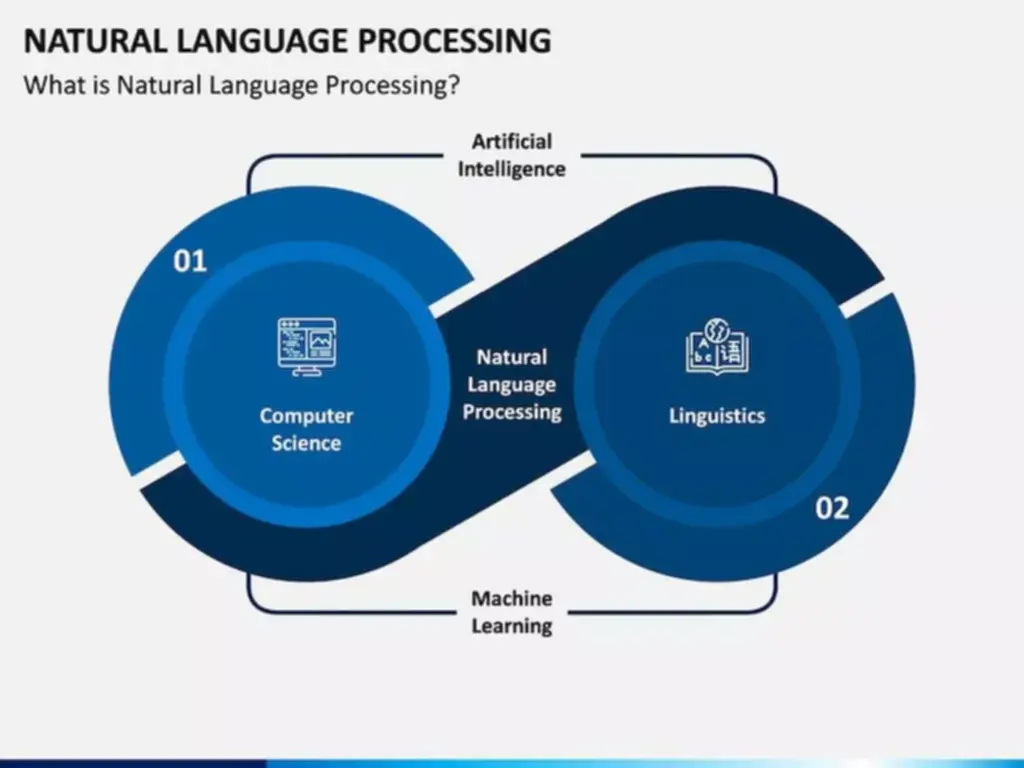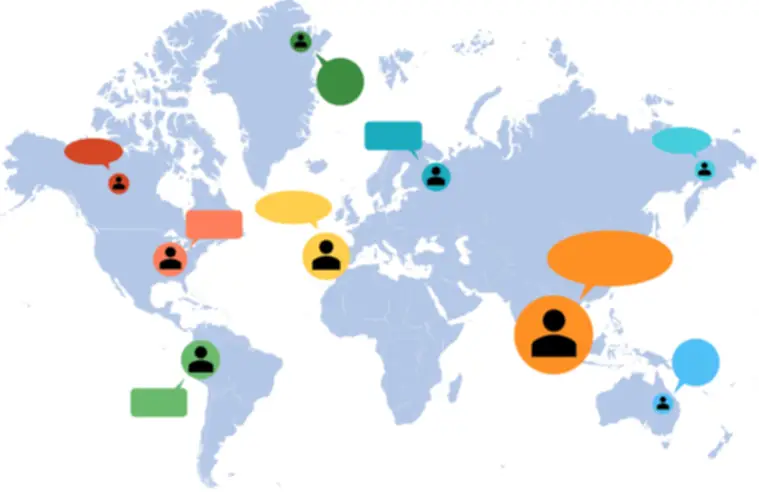Car producers like Tesla supply embedded finance solutions similar to auto insurance immediately in the course of the automotive purchase process. By integrating these companies into their platforms, they remove the need for patrons to engage with third-party insurers, making the process https://www.cyber-life.info/lessons-learned-about-17/ faster and extra handy. Uber Money, as an example, allows drivers to obtain funds in real-time, which they will use for gas, upkeep, and even insurance, without ever leaving the platform.

Weavr Brings Open Banking To Embedded Finance
For example, there’s a clear hyperlink between open banking and wealth administration applications. In such apps, users can observe all their transactions clearly and simply, buy shares with prompt transfers, and businesses can use the info they see to tailor new features, like money pots to encourage more saving. BaaS, which operates underneath the open banking framework, presents a radical departure from traditional monetary companies.

The Differences Between Application Programming Interface, Open Banking And Banking As A Service
Visiting a brick-and-mortar establishment was on pause for so lengthy that customers started looking for digital banking options to deal with their banking wants. Since then, the demand for handy, quick, and secure options has only increased, and the big fintech corporations and banking establishments have already jumped on that prepare. Institutions that embrace open banking and deploy third-party solutions can leverage data to create seamless processes and deliver continuous innovation. For this purpose, open banking is rapidly spreading throughout the monetary world, and customers are beginning to anticipate the options of an open system from their banks. Institutions that don’t reap the benefits of this expertise risk losing out to the competitors. BaaS enables companies and fintechs to create new services and products along the client journey by offering the precise merchandise from behind the scenes by offering the tech stack of the bank.
High 5 Questions Answered About Banking As A Service
- This mannequin allows companies to expand their product offerings, construct deeper buyer relationships, and benefit from new revenue streams.
- It allows non-banking companies (like fintechs, retailers, or insurance coverage companies) to offer banking companies to their customers by leveraging a bank’s infrastructure.
- However, if users wish to make a change or a complaint about any of the transactions, they should contact their financial institution to take action.
- Banking as a Service (also referred to as Platform Banking or Embedded Banking from some sites) is when licensed banks allow non-banks to combine digital banking and payment services to their very own products.
- Looking for more methods to stay forward of the curve within the ever-changing banking industry?
On the opposite hand, Open Banking is a regulatory (or market-driven, relying on the region) framework that enables customers to share their financial data securely with third-party providers. It also aims to give customers more management and ownership of their information, permitting them to move between financial service providers extra easily. The prevailing trends within the fintech industry present significant opportunities for companies of all sizes. With the assist of BaaS and open banking, firms can have the potential to implement any concept that requires using specific finance data and instruments. Conversely, platform banking empowers banks to harness the newest fintech advancements, enhancing the performance of their digital merchandise. Under the BaaS mannequin, the financial institution supplies non-banks seamless entry to its core banking capabilities, together with account management, funds processing, compliance, and infrequently entry to regulatory licenses and systems.
Know Your Buyer Necessities: What Bank & Lenders Must Know

This technological improve not only improves efficiency but in addition positions banks to supply more subtle and safe companies, assembly the excessive expectations of at present’s digital customers. By partnering with established banks, companies can ensure that their monetary companies comply with stringent regulatory and security standards. This enhances consumer belief and security, as these providers are built on sturdy and compliant banking infrastructures. BaaS, then again, is the specific providing of banking providers by non-financial firms.

The core problem is that open banking can only deal with financial institution and fee accounts that exist already – it can’t create accounts or financial providers by itself, and that’s the place embedded finance provides much greater capabilities. The potentialities of embedded finance are restricted by the creativity of the embedder, whereas with open banking they’re restricted to reading monetary information and making financial institution transfers. Finally, BaaS helps banks preserve their relevance in a rapidly evolving monetary business. The conventional mannequin of banks as the central participant in monetary providers is shifting in the path of a extra integrated ecosystem. By adopting BaaS, banks can turn into a crucial a half of this broader ecosystem, providing important providers across varied digital platforms.
The ebankIT API Getaway allows the mixing of third-party purposes while also making certain PSD2 compliance, allowing banks and credit score unions an infinite path of innovation. Legacy banks with a technological edge might keep off the specter of fintechs by going into the BaaS industry to share their knowledge and infrastructure. Rather than compete, collaboration is the key to a successful banking technique. Furthermore, Banking-as-a-Service platforms improve financial transparency by allowing banks to open up their APIs to 3rd parties for the development of recent companies. With entry to client data and a market of embedded monetary companies, they will tailor their features to what their customers actually need and quickly evolve with them.

• Offers customers real-time entry to all their transactions and purposes, thus forming a cohesive ecosystem. Tech-savvy legacy banks that create their very own BaaS platforms now will not only get ahead of the open banking opportunity earlier than their rivals, but also unlock a new stream of income by monetizing their platforms. All of those approaches have disrupted conventional banking, allowing banks and non-bank enterprises to increase their competitiveness and profitability. Embedded finance and the evolution of Plug-and-Play Finance are main the cost in bringing finance into non-financial applications and seeking to deliver finance to the mainstream of digital companies.
As threat and regulatory mediators, banks will always be a staple of the worldwide financial system. However, banks that lack the time or experience to spend money on technological developments stand to realize much from open banking and BaaS. Common open banking use cases embrace finance apps which are capable of analyse spendings, plan a finances, and make relevant suggestions on adjusting economic behaviour. Evolve Bank & Trust’s BaaS setting is extremely secure, and is customizable and flexible to match your business’ use case. • Provides businesses with the chance to generate more revenues by escalating their customer reach. Skeps has a solution to improve your results—whether you might be comfortably established or simply beginning your point of sale lending journey.
While both present person access to a financial institution’s platform, there are significant differences concerning what they share and the way they achieve this. This separates these two applied sciences utterly, and it may be very important perceive the variations between banking as a service vs. open banking. The three most popular phrases commonly used to explain extensibility and enabling connectivity to the larger monetary providers ecosystem will be demystified beneath.

















